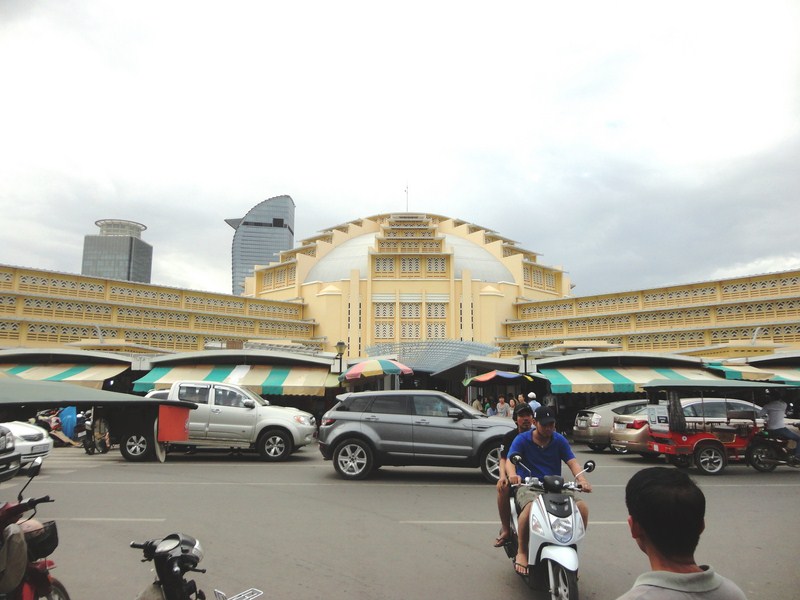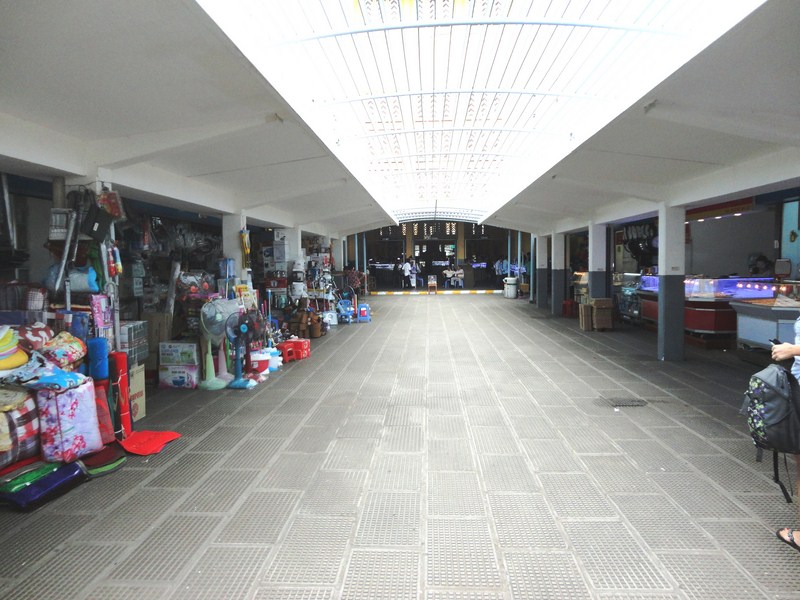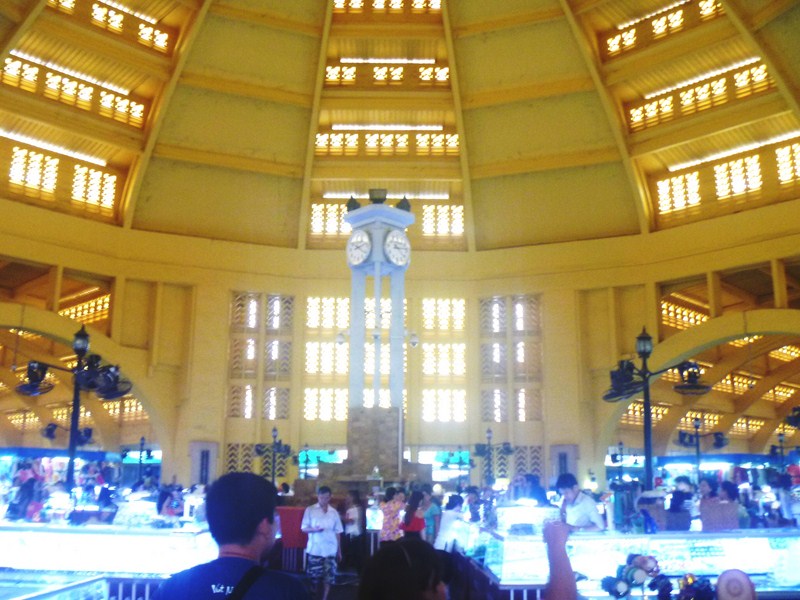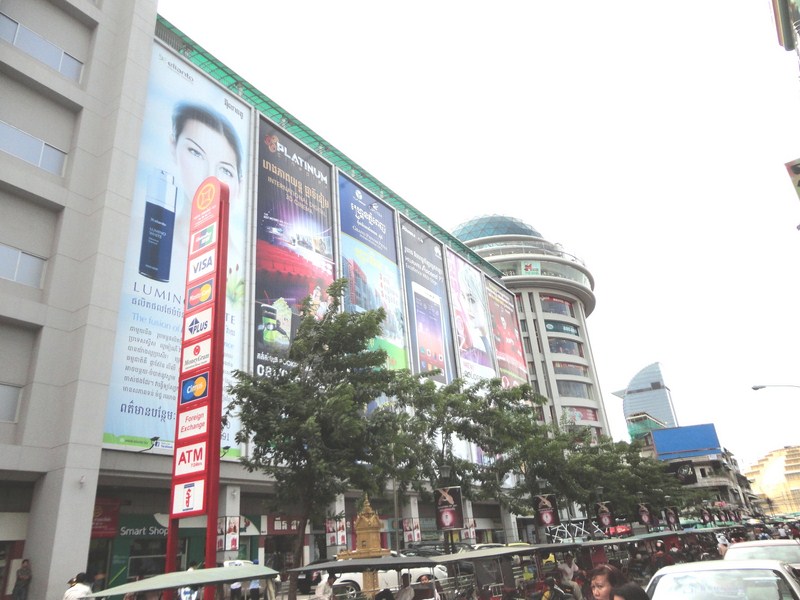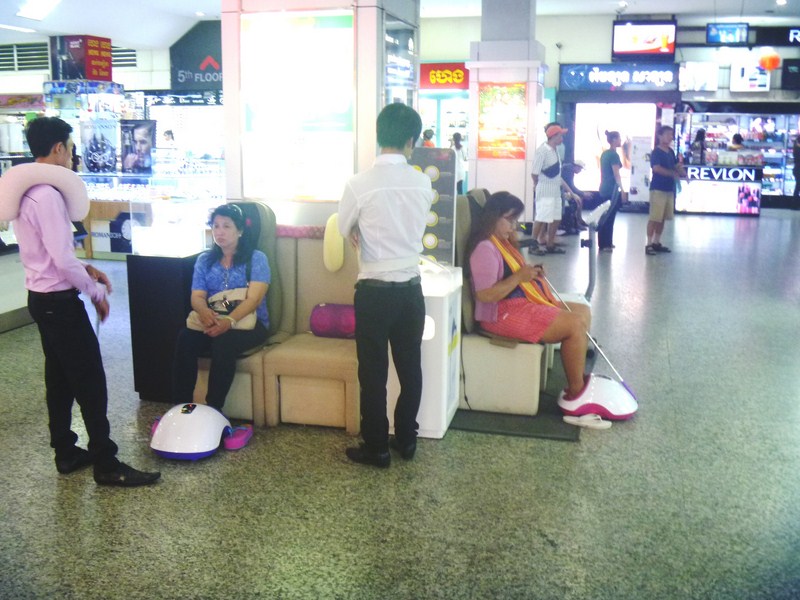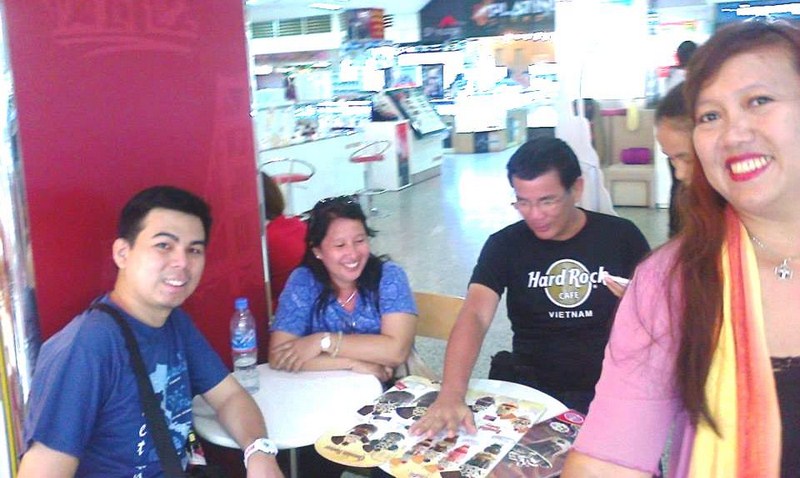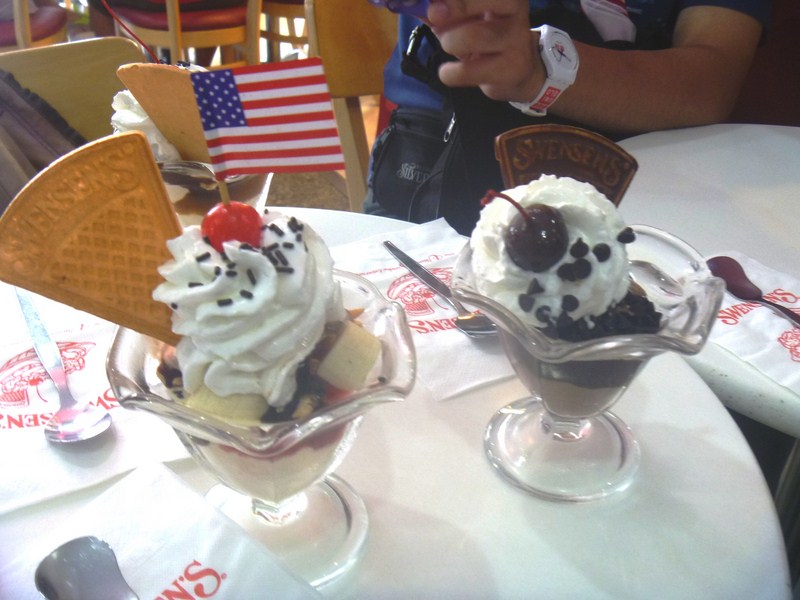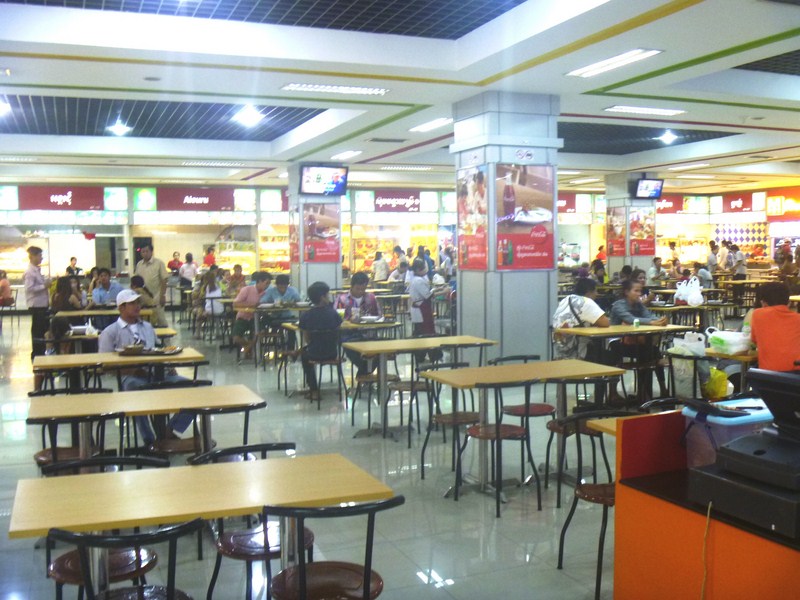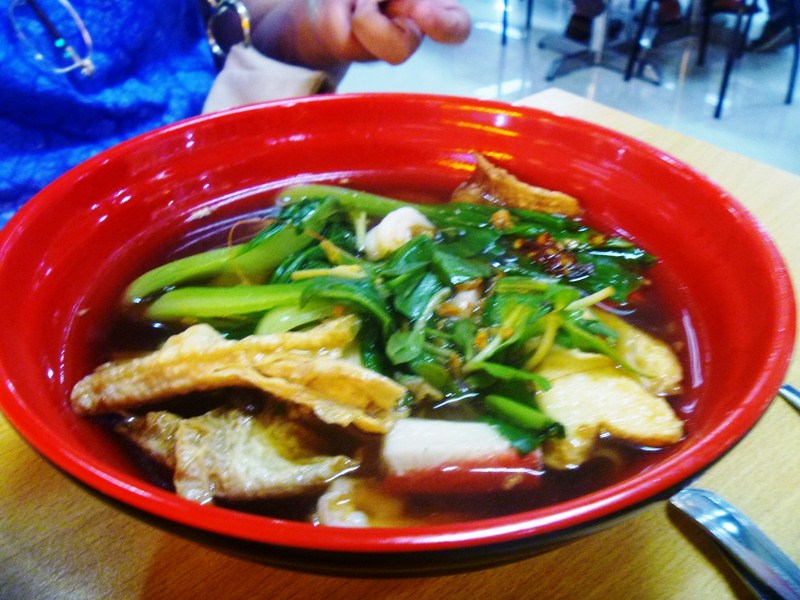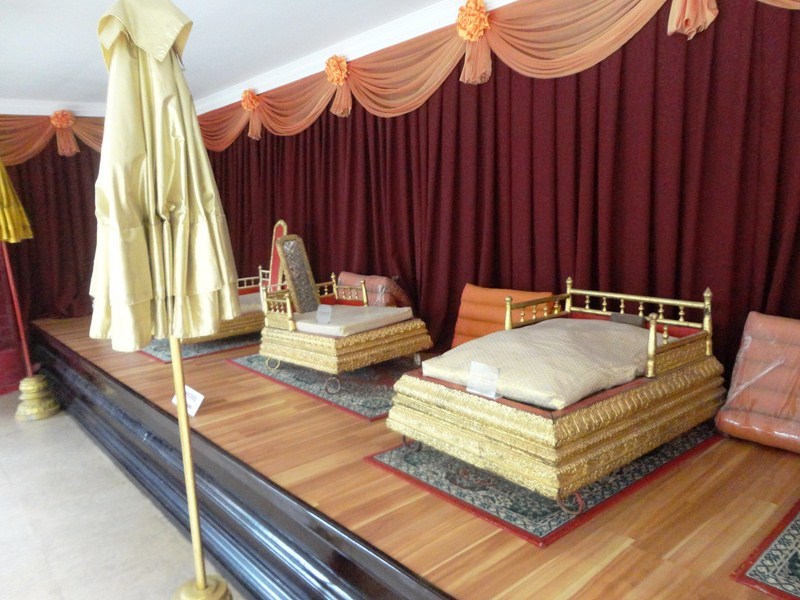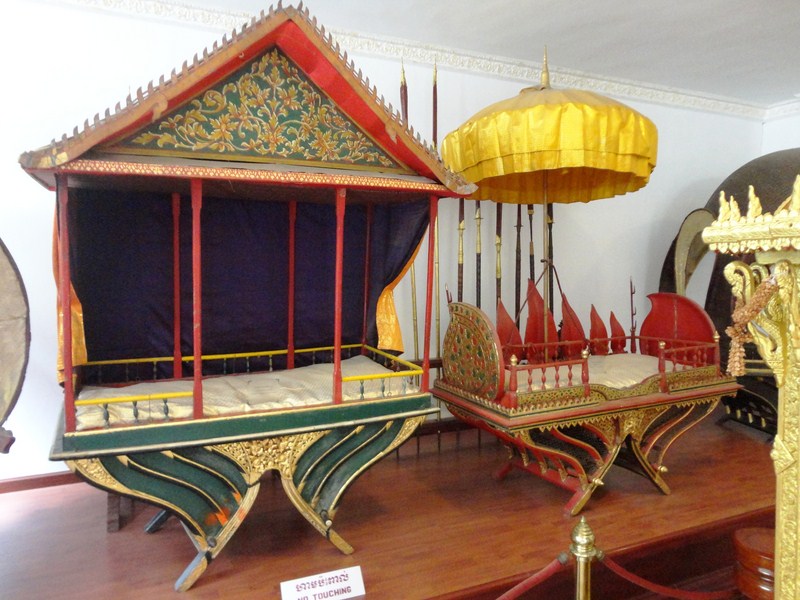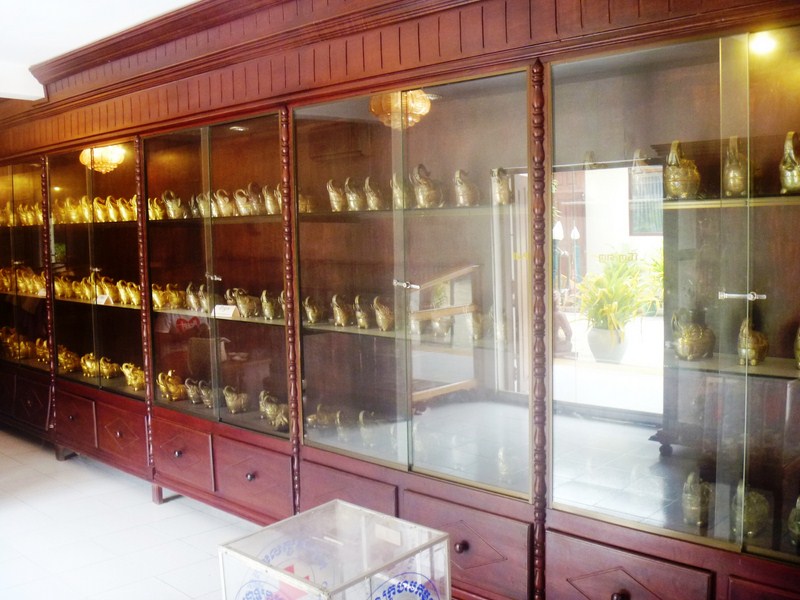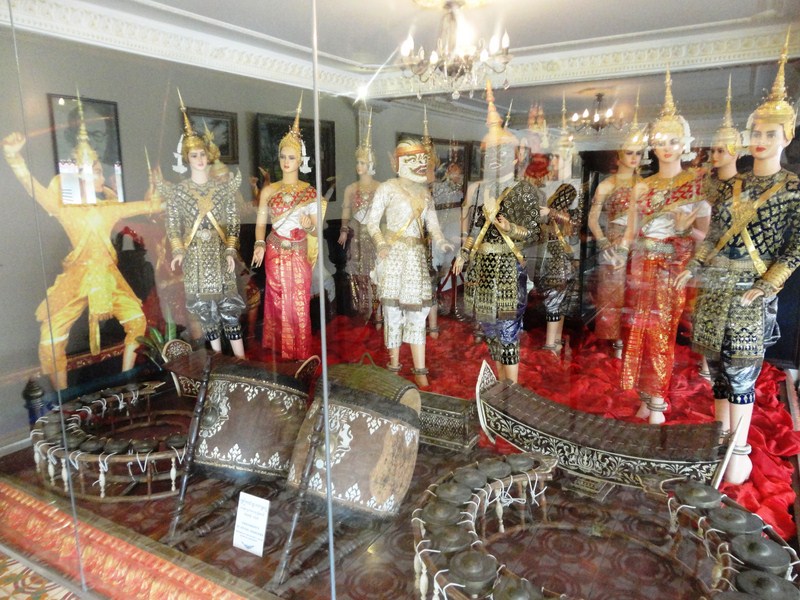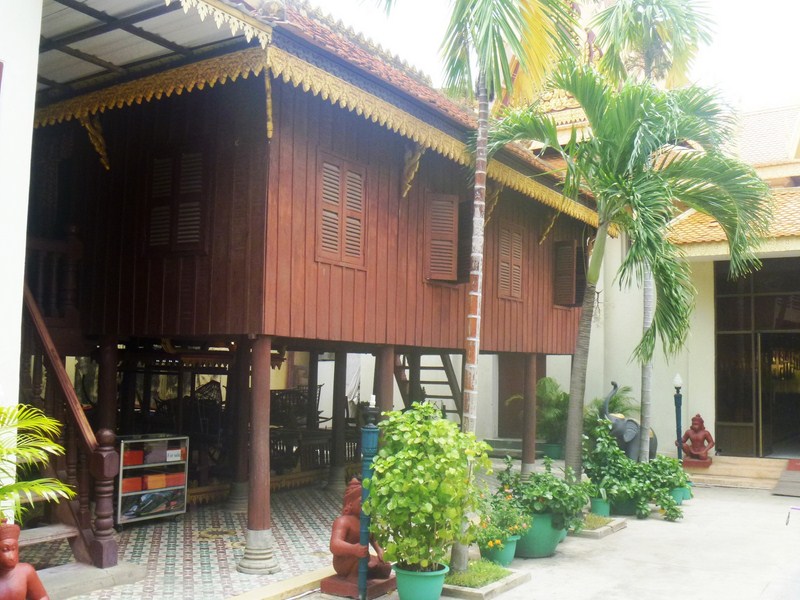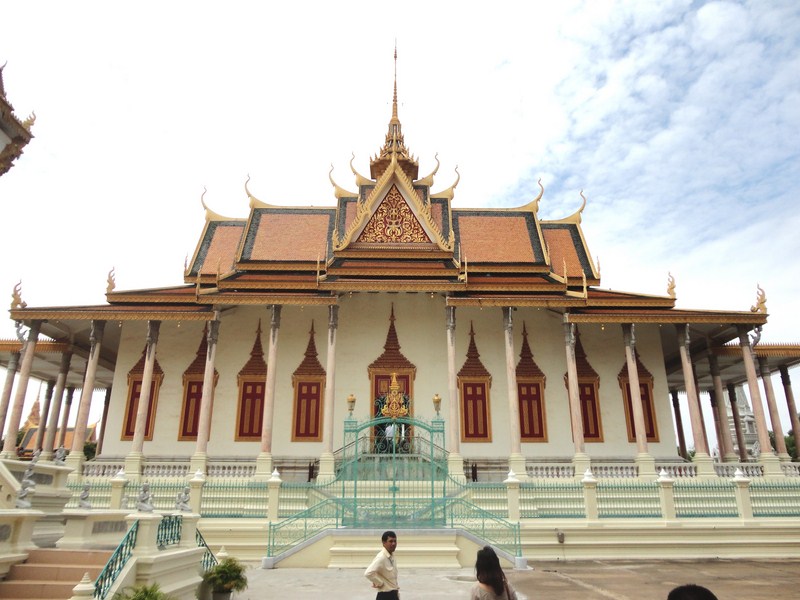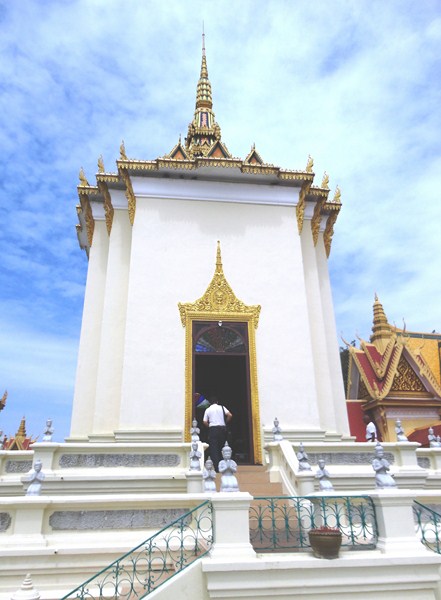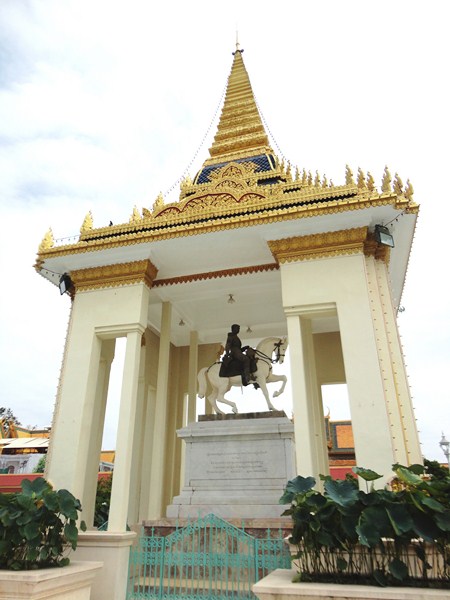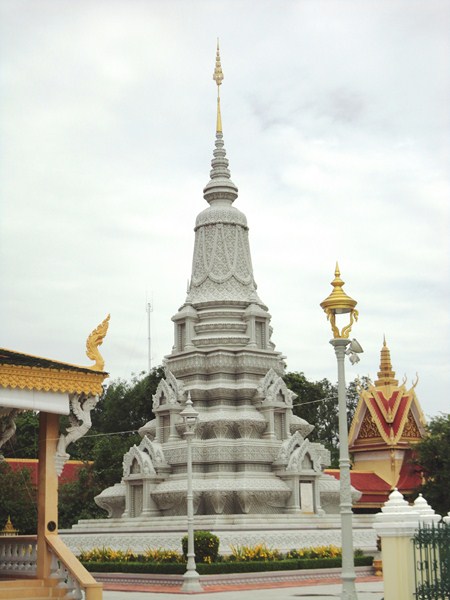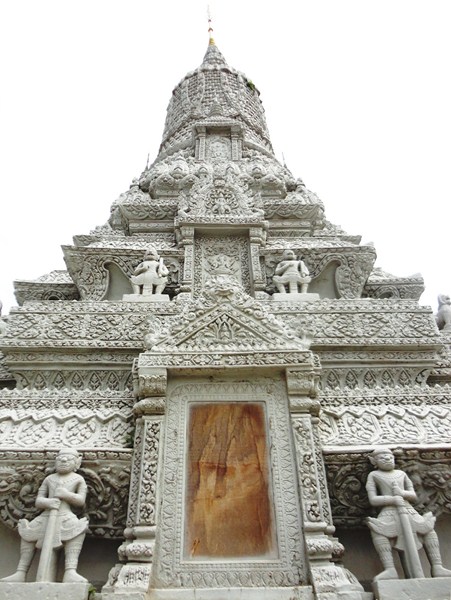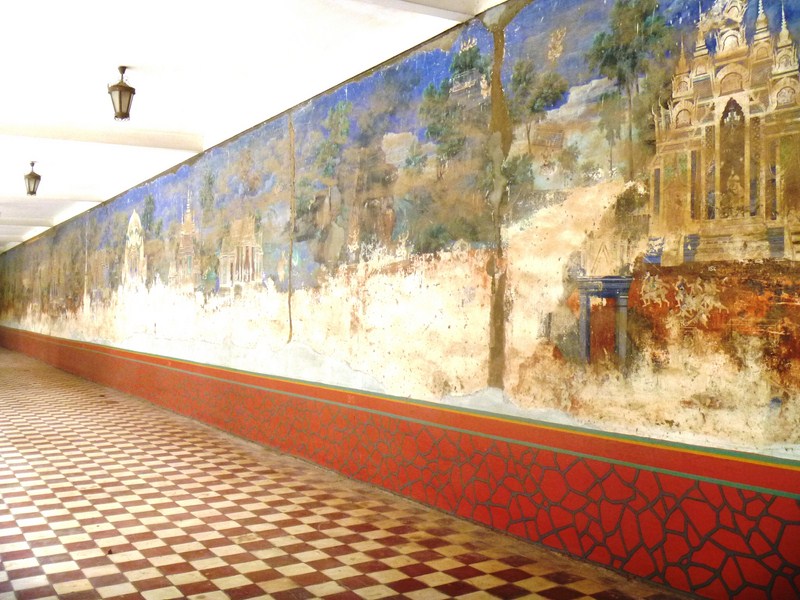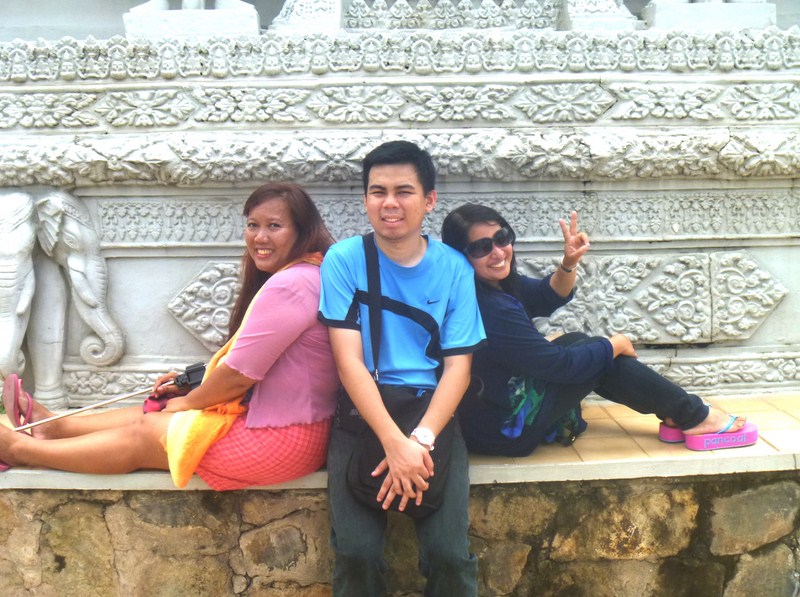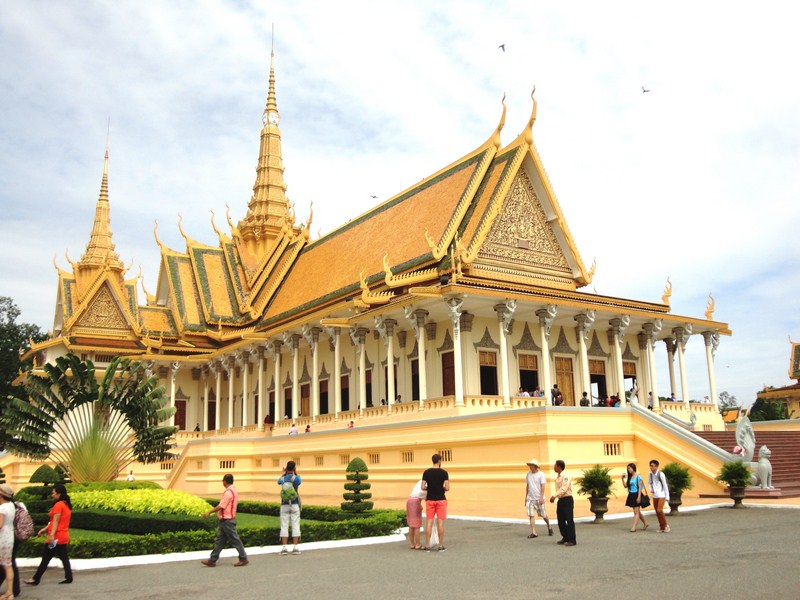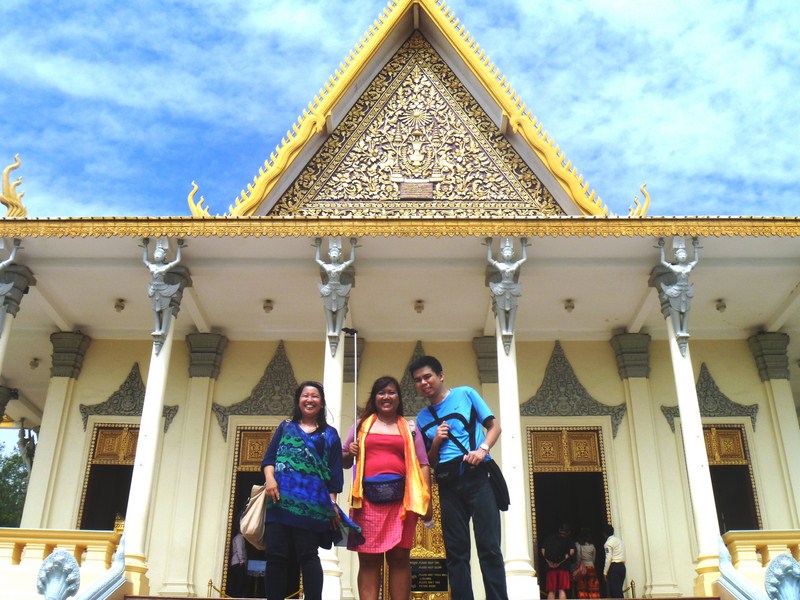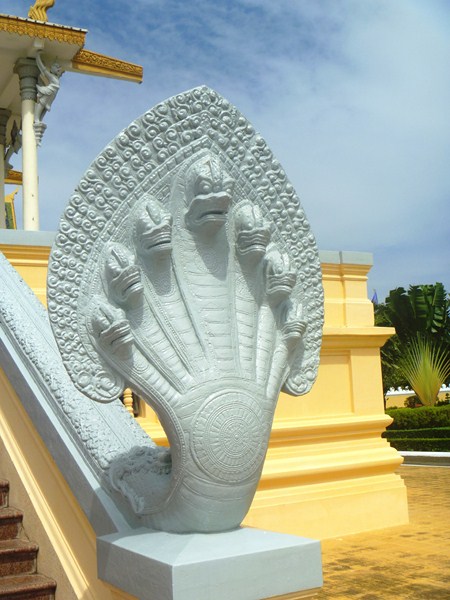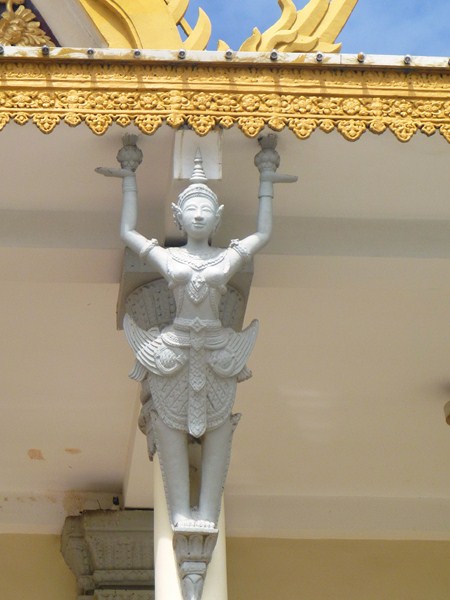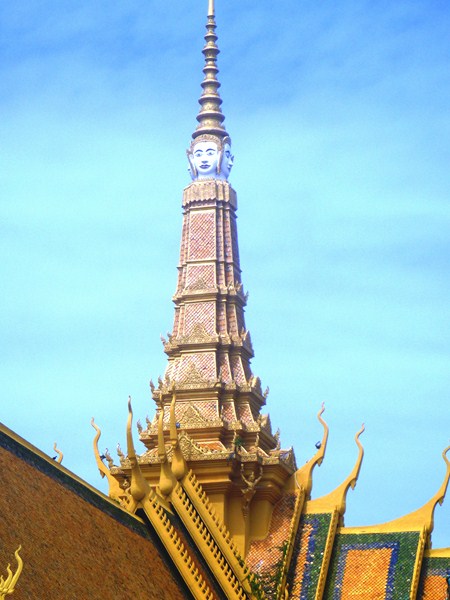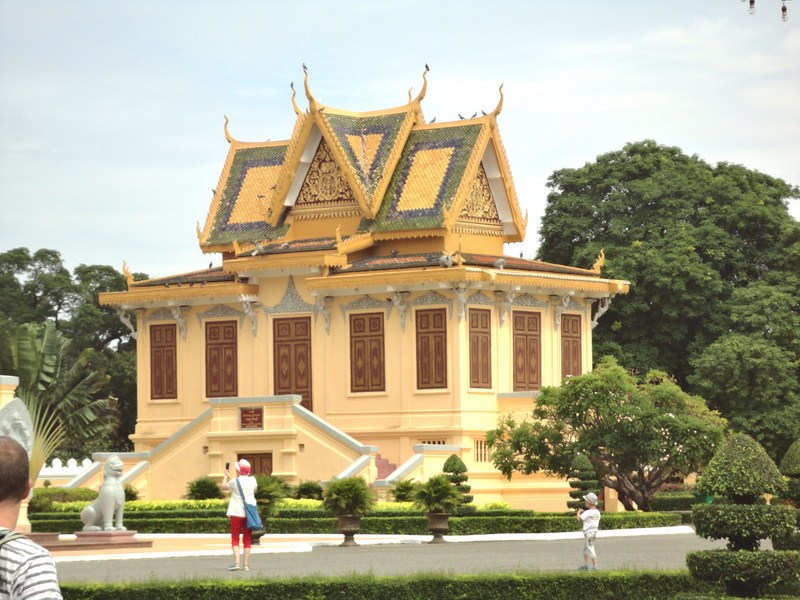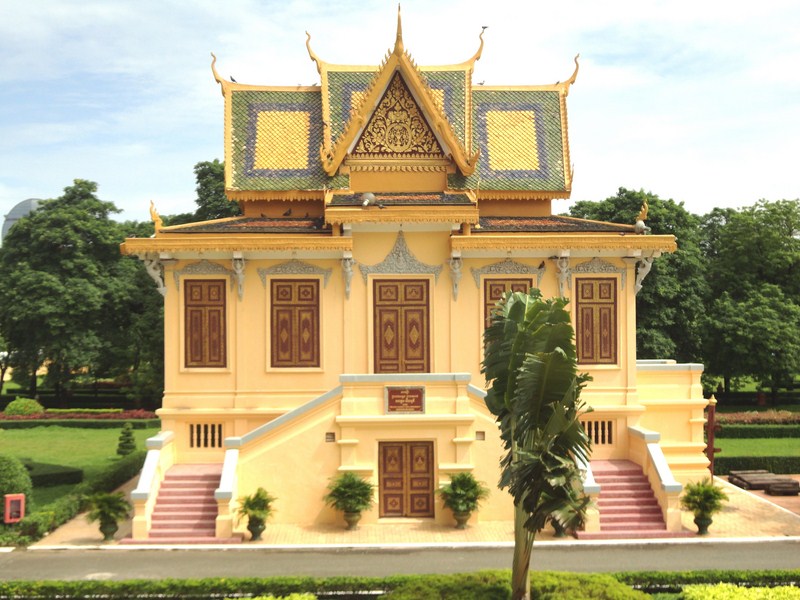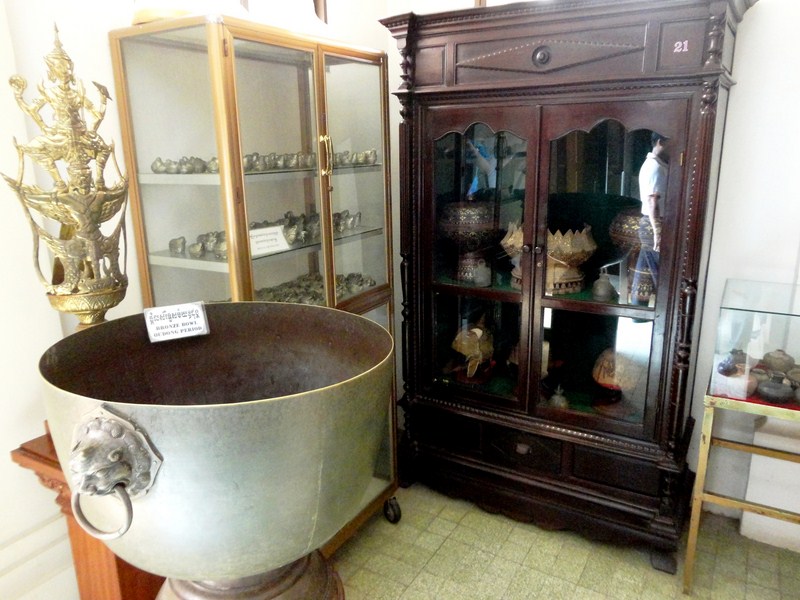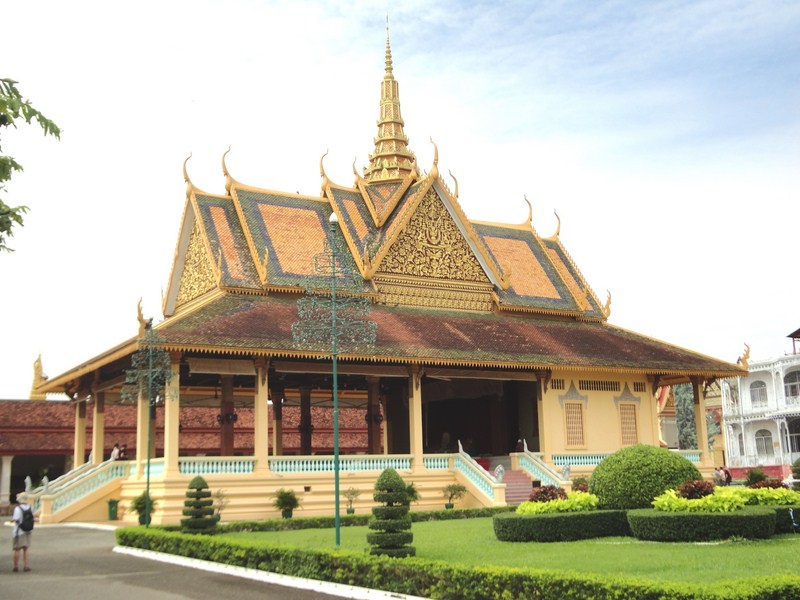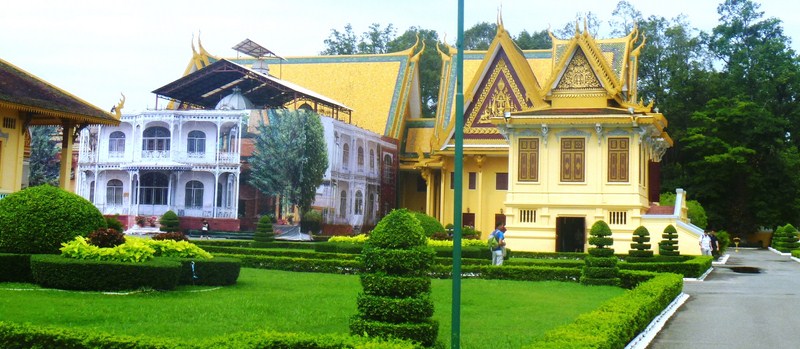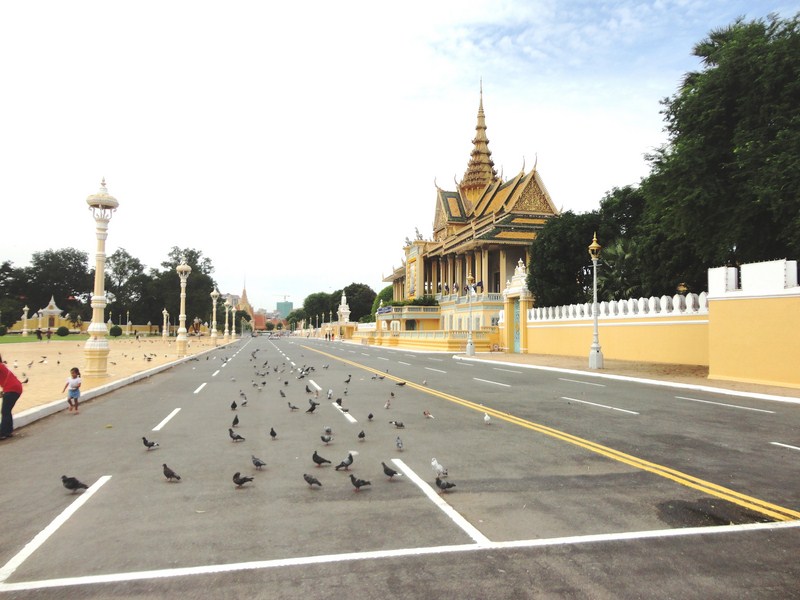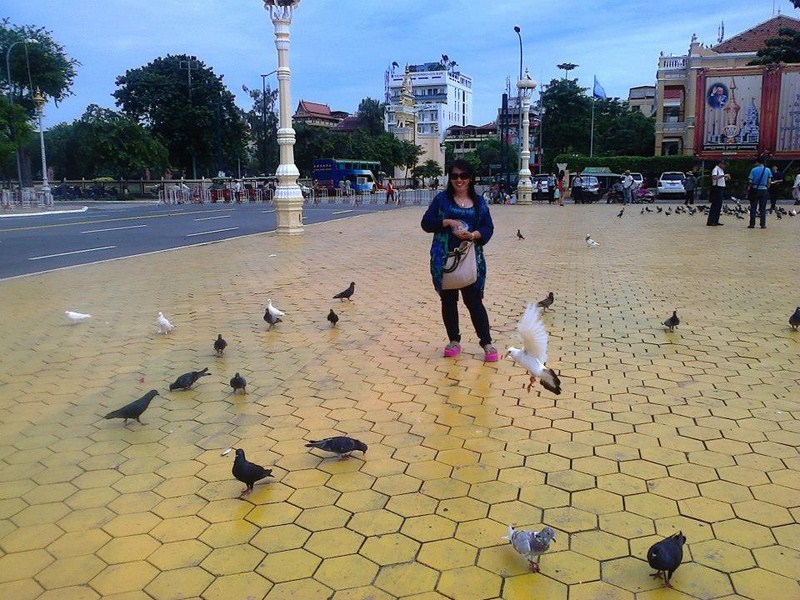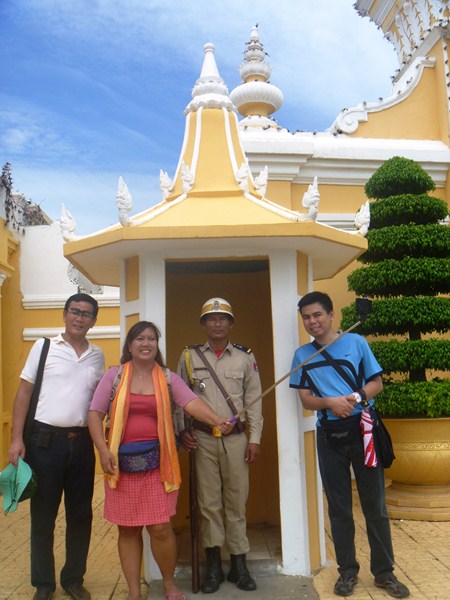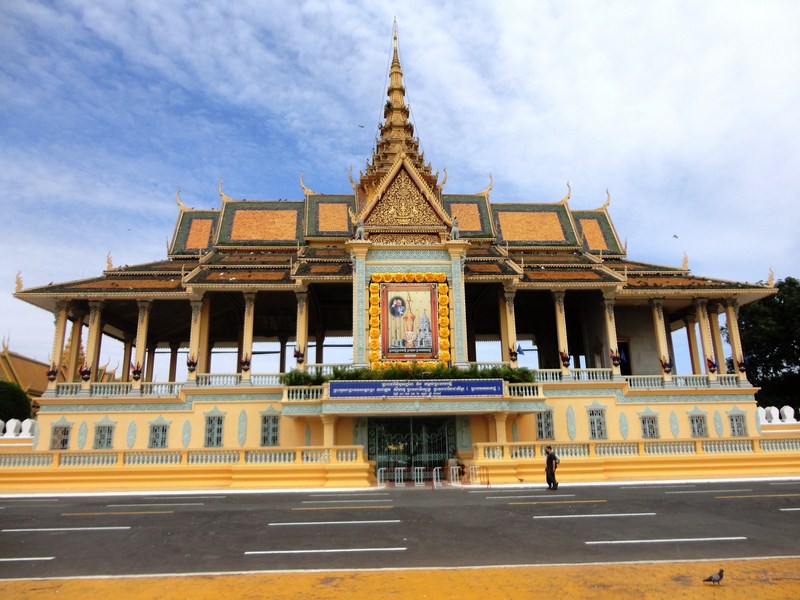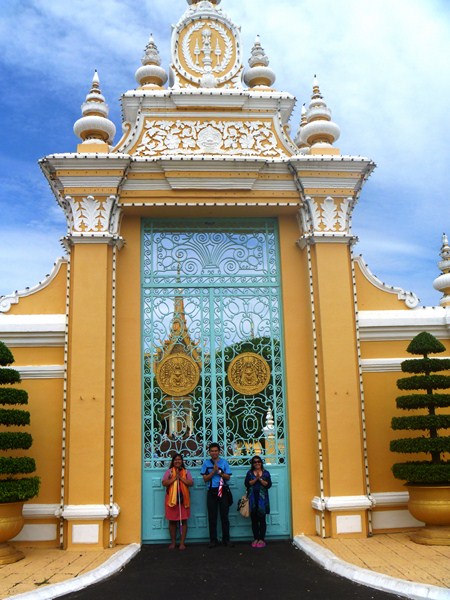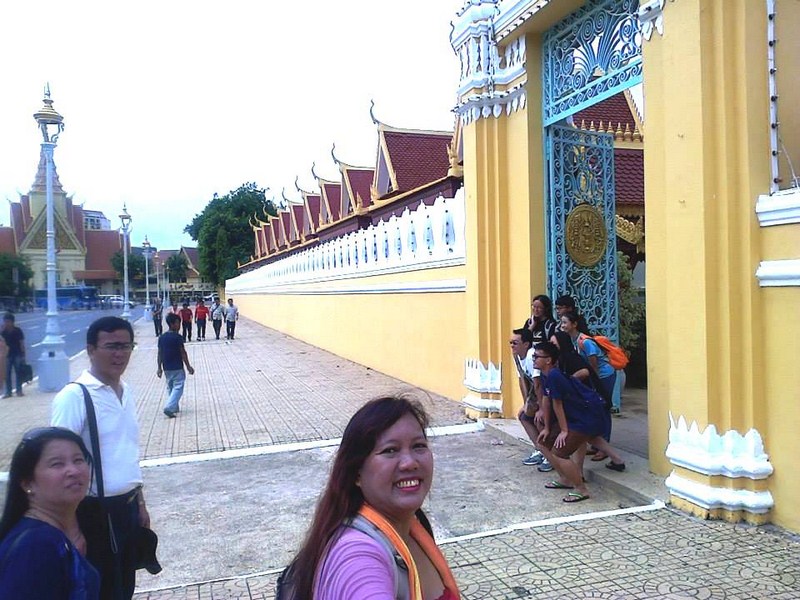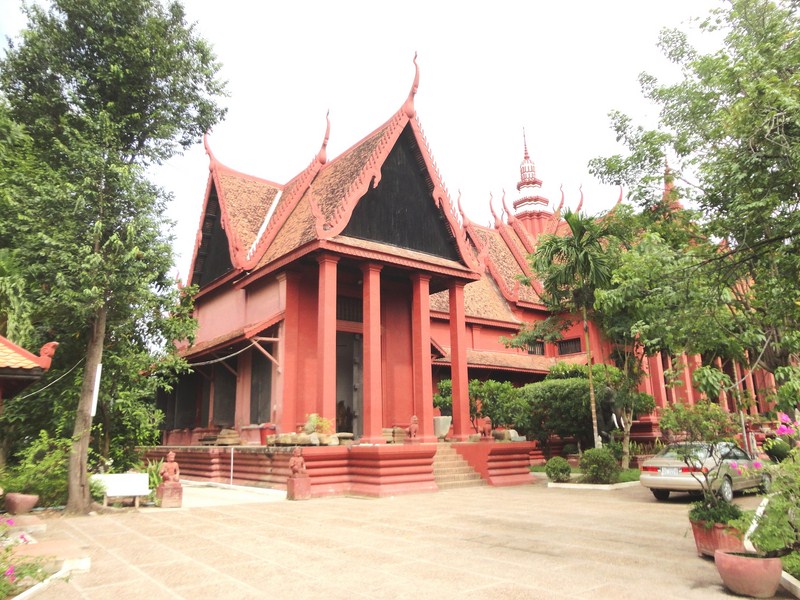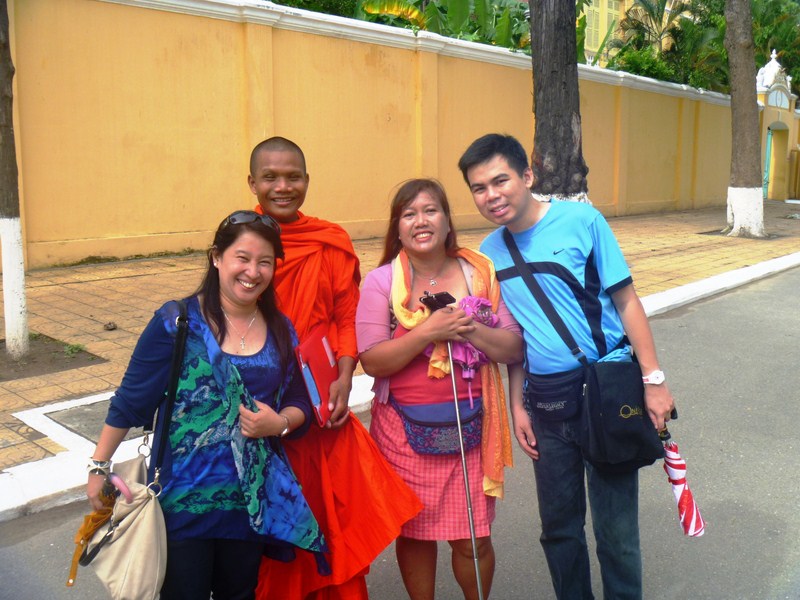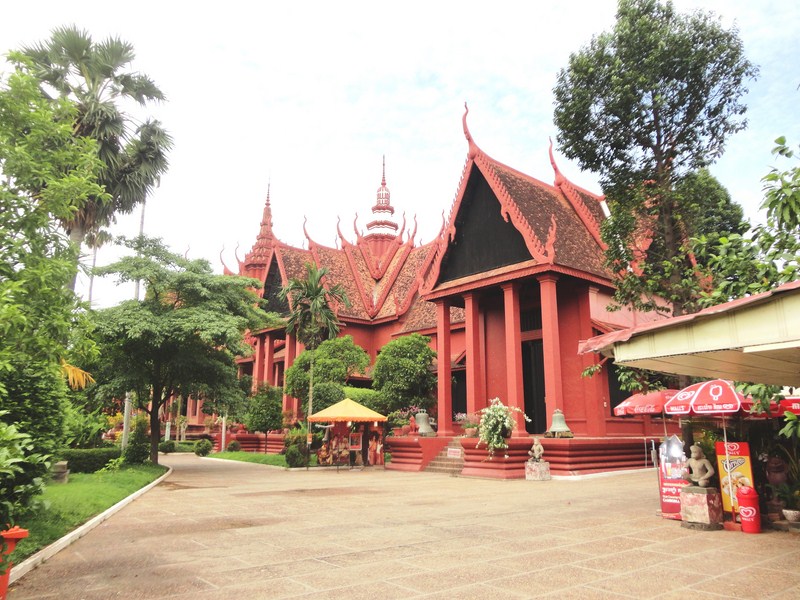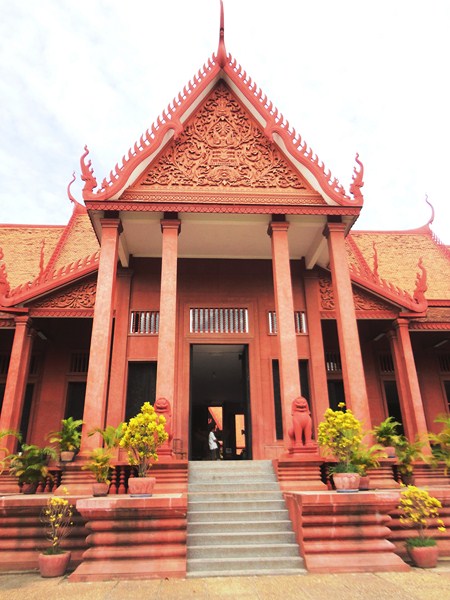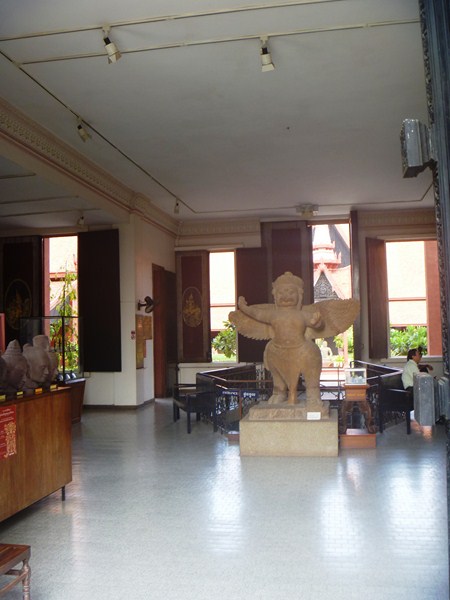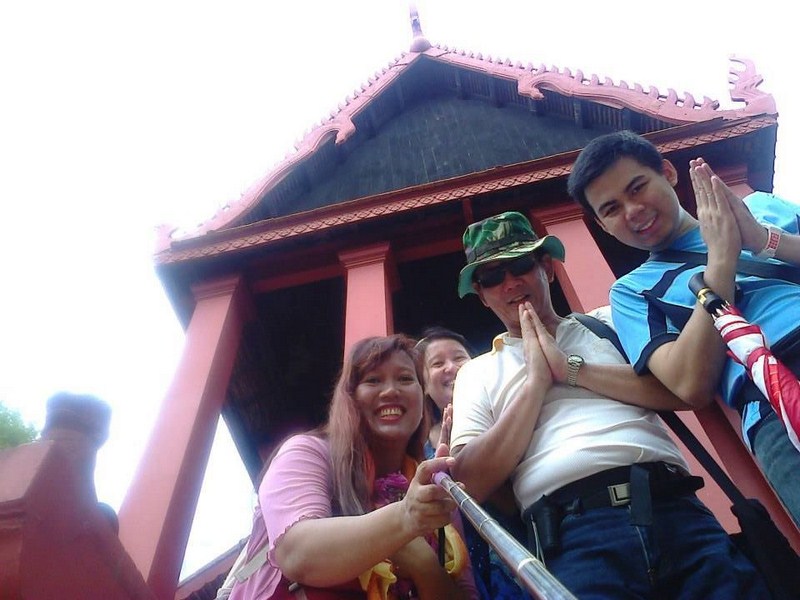After our ice cream treat at Sorya Shopping Center (we were again to return here for supper), Osang, Violet, Jandy and I continued on our way to the nearby Central Market, a Phnom Penh landmark and “must see” stop just a 5-min. walk away.
The large, bright ochre-colored Phnom Penh Central Market or Psar Thmay (“new market”), built in 1937 in the Art Deco style, consists of four wings branching out into vast hallways and dominated by a central dome. When it first opened, it was said to be the biggest market in Asia. Its initial design and layout were done by French architect Louis Chauchon and its construction work was supervised by French architects Jean Desbois and Wladimir Kandaouroff. During the Franco-Thai War, the market was bombed heavily by Thai aircraft, causing heavy damage, and it had to be temporarily closed. After the end of World War II, the market was rebuilt in the modern style. From 2009 to 2011, it underwent a US$4.2 million renovation funded by the French Development Agency.
Within the four wings as well as around the compound outside, almost anything you can think of are on sale. The extensive amount of products that are offered for bargain include electronic equipment, second hand clothing, watches, bags, suitcases, gold and silver curios , dried and fresh foodstuff, jewelry, cheap t-shirts, kramas (Khmer scarves), antique coins, pseudo-antiques, clocks, fabrics, shoes, flowers, luggage, books (including photocopied travel guides) and lots of souvenirs (key chains, ref magnets, postcards, etc.).
Central Market: Neayok Souk, Phnom Penh 855. Open daily, 5 AM – 5 PM.

